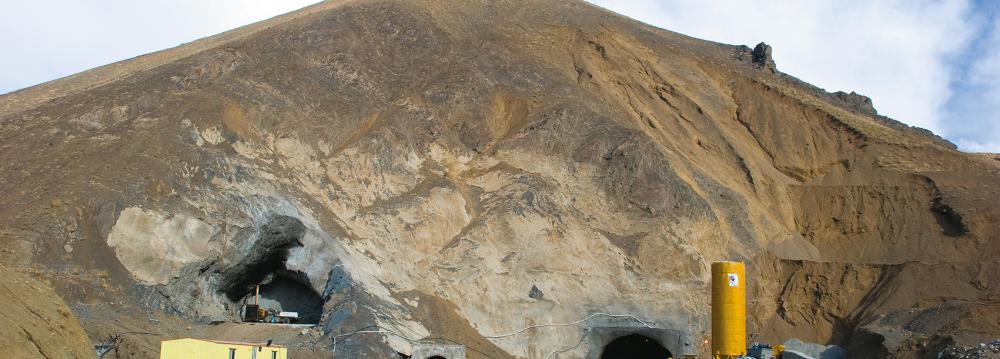Warning: Big numbers ahead. You might also need a pen and a notebook to keep track of the baffling yet surprisingly huge figures that officials of the Ministry of Roads and Urban Development have provided on the number and value of the government’s incomplete infrastructural projects.
According to deputy minister of roads and urban development, Amir Amini, the ministry needs 1.63 quadrillion rials (more than $40 billion at market exchange rate) to complete 258 major unfinished transportation projects.
These projects include more than $21 billion worth of rail projects at different stages of progress, as well as $19 billion worth of projects related to roads.
Kheirollah Khademi, CEO of the Construction and Development of Transportation Infrastructures Company, estimated that the company needs 1.4 quadrillion rials (over $35 billion) to finish its underway projects.
Affiliated to the Ministry of Roads and Urban Development, the CDTI is tasked with devising policies and managing projects regarding transportation infrastructures.
“If 40-50 trillion rials ($1-1.2 billion) are allocated annually, it will take more than 35 years to complete all the projects,” he said, highlighting the burden imposed by these projects on the government in terms of finance and planning.
The budget bill for the upcoming fiscal year (starting March 2017) submitted by the government to parliament earlier this month is around $90 billion, of which $15 billion are earmarked for investment in the "feasible government projects", according to President Hassan Rouhani.
These projects will be funded by the government, the National Development Fund of Iran—a sovereign wealth fund that receives a fraction of the country's oil revenues—commercial banks and private contractors.
In addition to the large number of unfinished projects, the Rouhani administration has also inherited from the previous administrations a huge debt to contractors of these projects. The total value of overdue payments to contractors by ministries, including the Ministry of Energy and Ministry of Roads and Urban Development, has been unofficially estimated at up to $35 billion.
The parliament has approved the repayment of 400 trillion rials (more than $10 billion) of government debt in the current fiscal year (March 2016-17).
Officials have said on various occasions that the government plans to delegate all incomplete projects to the private sector in view of its tight fiscal budget.
First Vice President Es'haq Jahangiri said the administration is working to attract private sector investments.
In view of the lifting of economic sanctions imposed on Iran over its nuclear program, the government is planning to entice foreign inventors to push ahead with its rail, road and air infrastructure projects.
Plans are underway to have international companies invest in major construction projects, including an airport city near Tehran’s Imam Khomeini International Airport as well as a 180-km freeway from Tehran to the northern Mazandaran Province, the construction of which started 20 years ago.
The question remains as to why so many projects should have been initiated in the first place without going through proper feasibility assessments.
Often, every new administration upon taking office abandons a number of projects initiated by the former government and launches new ones based on its own politico-economic agenda.


